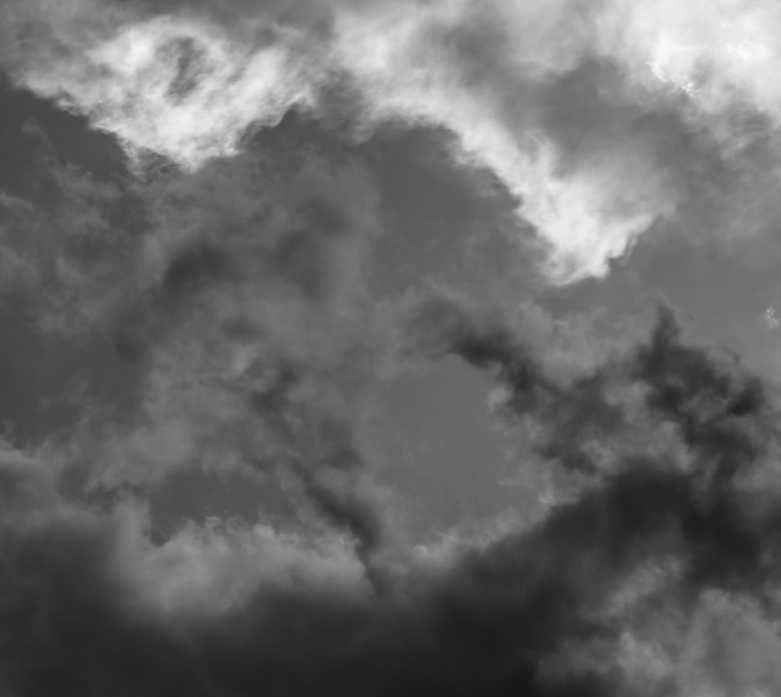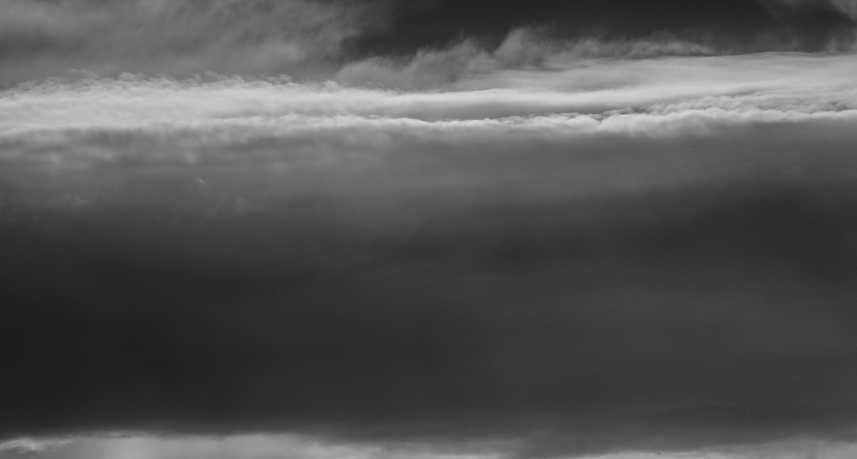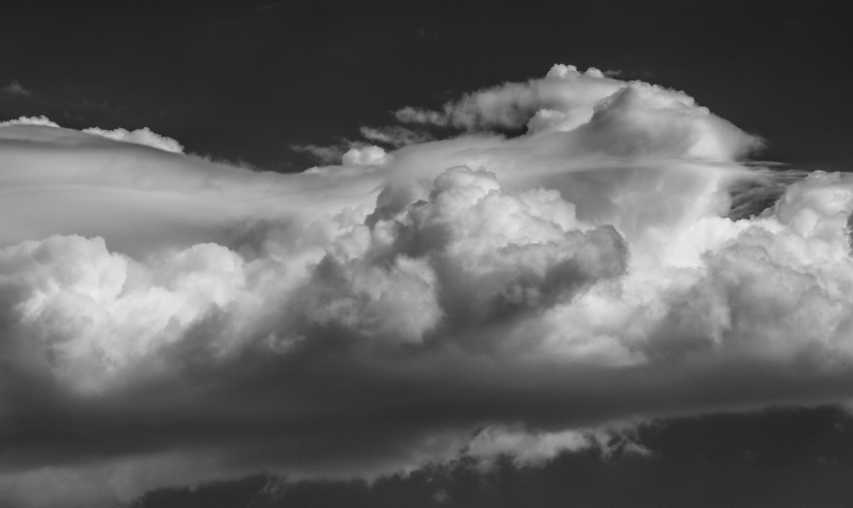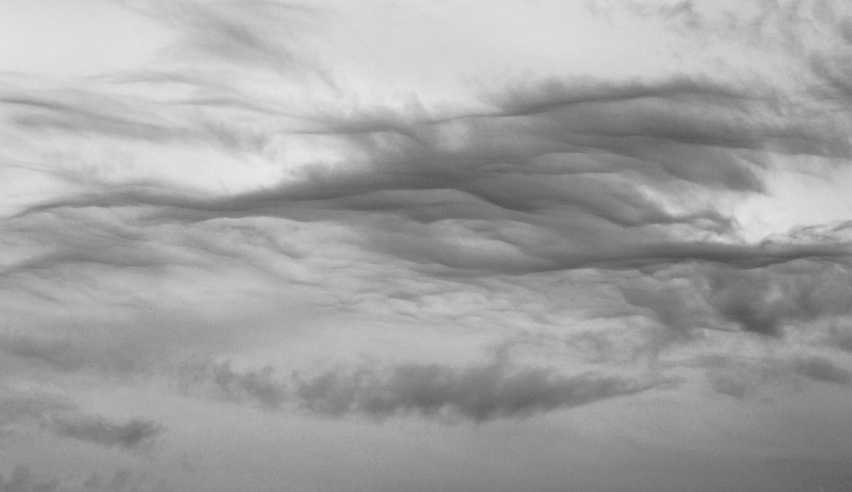Forum Replies Created
-
AuthorPosts
-
 Michael LerchParticipant
Michael LerchParticipantK&K , Im glad you Enjoyed The Shots. Nothing very special about Photographing them except, being at the right place at the right time. A rather thick system moved over the Valley and I was able to spend some time with it a short distance from work. As things developed I noticed and photographed Holmboe Instabilities within the grasp of the zoom telephoto. Included were these ” sketches” of what was once a more substantial cloud, altocumulus stratisformus . Layers of wet of different temp and humidity try to find a equilibrium between the differing layers. In that process these doodles come and go rather quickly, so you have to keep your eye out for them and act quickly when spotted. As Usual the speed of the system made the shoot even more of a challenge. I Thought I would get some lenticular shots and instead I got Holmboe and these doodles. I’ll look, but I think through out the year I catch these kind of events only a couple times.
As mentioned the lighting was flat due to thick layers. So I shot with 1/4 to 1/2 F Stop over. I didn’t write it down, but I think I increased contrast by one increment in the pre program. You never know what you are going to get so be prepared to cover it all.

 Michael LerchParticipant
Michael LerchParticipantGreetings From A Sun Rise

 Michael LerchParticipant
Michael LerchParticipantI can’t vouche for the 2 degree cost of A/C in Phoenix,hygge. ..the physics seems odd. I know the heat that a A/c unit produces comes from somewhere..I don’t know how much heat it generates to compress/cool the refrigerant down tho..Phx broke records some years ago when it hit 124F..but We gaven’t been close to that.. in a while. .knock on wood.
Yes, George Evap cooling only works until the air hits dew point..when temp and percent water collude to allow no more absorption of water in to air..As long air can absorb water ,cooling takes place because heat is lost in the process..if I got my physics right. When the air is saturated (dew point) ,game over. Many pubs and eateries have outside misters and a few womaners that are good until about mid July at the latest. Monsoon season is spectacular for cloud /weather watching,,but its not free. Drink lots of water because you are your own evap cooler.
And just think of all the new cement and road surface and auto exhaust any growing city Like Phoenix , has today that was desert and clear a few years ago. Incredible. There was talk of Our Dome of Heat some years ago but I think the Chamber of Commerce put an end to that talk. Only post card perfect weather here folks.. We Also have a 4 burner Nuke just west of Phoenix that gets turned up to full blast during summer..not for Phoenix ( a mere pittance for that mega watter) but for the whole southwest and more if there is a failure somewhere west of the Mississippi. Yet, the heat generated at the Palo Verde( such a nice desert eco name) plant goes somewhere and Phoenix is down wind from it all..Nice to kno in case of emergency. Any way..in The Case of Phoenix..YES, HERE, ALL THE CLIMATE CHANGE IS MAN MADE,,the damn rattlesnakes and gila monsters didn’t do it!!!
 Michael LerchParticipant
Michael LerchParticipantLacunosus Whipped Into a Frenzy! Amazing how it maintains uniformity before its consumed.,
Abandoned

 Michael LerchParticipant
Michael LerchParticipant..When I first moved to Phoenix Arizona, ’74, there were no mosquitoes in the Valley, Too Dry. Now we worry about West Nile and soon it will be Zika..Local Environment is the culprit. swimming pools, drenched lawns, golf courses, etc etc..have made the Valley a welcoming home for mosquitoes. Unintended consequences on the local and regional scale contribute to the need to rethink what we’re doing.
 Michael LerchParticipant
Michael LerchParticipantFine Indeed! These digital cameras literally take us beyond what we can see. I wonder if birds can see further into the clouds than we.
Okay from a lot of white, to mostly black:

 Michael LerchParticipant
Michael LerchParticipantSimilar to a chaptered work of fiction ,,or not , the posts of pictures making a thread have a overall effect as well as individual effect. I’m glad all the shots have been restored..from sharp Wind and Fire to the soft cumuli. May they all inspire.
Just today, Hans , I experimented with a few shots taken during last cloud cover. I shot into a very flat stratus ,seeing just barely a hint of contrast. I set on red filter effect and took several bracketed exposures( incremental degrees of under or over exposure). Again, ” experiment” is the key word. Then Lightroom process was twisted and squeezed for just about everything I could get out of the turnip. Hans, you have a Mainly White with cumuli,,below is a lot of white with stratus.

 Michael LerchParticipant
Michael LerchParticipantWow, All the pics are disappearing,,a lot of them anyway…anybody else not seeing a bunch of photos? Difficult to talk about them when they are gone Keelin, but there is a..way..to get that lustre you reference..Its in the gray tones. If pure white is 100,,pure black 0..then maybe somewhere around as low as 60 and as high as 85..these gray tones can be pumped up a tad with micro amounts of light until they gain a lustre. Adobe Lightroom has a nice feature than can do this in the right conditions. The group of effects is under ” Presence ” The effects include,,Clarity,,Vibrance and Saturation. Meant more for color manipulation, these have effects in B&W as well. Clarity I use a lot,,because I usually shoot for a flat original, thus able to bring it to ” depth” I want when processing. Shooting RAW is some what the same way..The photo is made at the Printer rather than at that camera.
Anyway ,,some photogs call the few hours before sunset and the hour or two from sun rise the magic hours because thats when the gray tones are “alive ” and with a little processing help can gain a lustre. Clarity seems to know alll by itself what ur foto needs..to add lite to which greys or just the opposite which greys to make darker to get the depth and “lustre’ ..So what happens depends on what you are giving to ” clarity”. You learn and if something doesn’t work out ,,no big deal. You start over and try a different way .
The variables are endless. There is the exposure of the original, Do you want to add or take away from the original.. Then there is just the middle ,,think bell curve the 80 %,,more lite? less lite? The Highlites..more? Less? Same with dark..middlle tones, darker ? then the shadows Darker, Lighter ? Remember..highlights and Shadows loose detail when increased. So, clarity acts as a ” separator.” gives separation between the tones, not like the heavy handed Contrast effect but in conjunction WITH contrast, lights highlites darks and shadows,,you find or create the amount of ” lustre” you want. Another way to see or think about it is..Does the AIR in you photo have Light? Thats something Painters master..putting Light in the Air. Turner was great at that.The Clarity tool can do that if presented the right opportunity. Whats neat is , Clarity is also available for just small areas as in burning and dodging..Now we’re talking about making a Picture..not just a shot. Some Photos I’m happy with, with no more than 5 minutes of processing. Others I’ll spend a few hours or more on,,adjustments on small levels and areas can add up to make a very good photograph and never be noticed. Remember,,You Control EVERYTHING the observer sees. The photograph you mention about lustre..now missing..I waited until I had the time to process it. I spent around a hour on it.
For color,,vibrance and clarity in tandom can produce the Light in the Air..but as in all cases,,be judicial with the effect. It shouldn’t be noticeable or sticking out like a red thumb,,like so many over saturated color shots ( im just as guilty on that as anyone).
Sorry, I’m not posting a pic rite now only to see it disappear soon after. When things get straightened out here I’ll post photos. Soon I hope.
MEL
 Michael LerchParticipant
Michael LerchParticipantThanks K & H for your kind words!.. Wow, gel filters..I haven’t heard of those in a while. I gave them a try when I was in the army. I never went back to them since. For clouds I would think they are too slow Keelin. I suppose You could do a whole shoot with a filter in place tho. But thats not my style. That shot was taken as dusk approached if I recall correctly. Contrast mellows out in the later afternoon as the greys come alive.
Heres a shot at just about sundown, sun almost on the horizon line. A bit of processing time brought the cloud formation forward in time by 2 or 3 hours. Lightroom has ” gradual filter” that is worth its weight in gold. Big Sky presents a unique set of problems. Even lighting across the ” Big Sky” is the main one along with distortions. This shot is an example of what good processing software can do to get the lighting the way you want.. Digital ” burning” and ” dodging” is quick, easy, and cheap compared to the same in analogue.
Herald

 Michael LerchParticipant
Michael LerchParticipantI Luv Clouds
 btw Hans,,I got that Are You Sure Error message a few times also. Haven’t seen it recently. Seems a constant refresh at every step keeps things current.
btw Hans,,I got that Are You Sure Error message a few times also. Haven’t seen it recently. Seems a constant refresh at every step keeps things current. Michael LerchParticipant
Michael LerchParticipantUh Oh! Nice Contrast Between Your Shots Keelin and Hans; the horizontal and the vertical as well as the all grey tone and the Black to White, the very relaxing and the Frenetic (i apologize)..So, coincidentally having just today reviewed the pic and wondered if I would ever post the pic, this is as good an opportunity as ever, it fits in between your two opposites Keelin and Hans.

 Michael LerchParticipant
Michael LerchParticipantNorth Shore

 Michael LerchParticipant
Michael LerchParticipantCloaked in Velum

 Michael LerchParticipant
Michael LerchParticipantKeelin, Thanks for Your Kind words! Clouds take us to the dream world . Your “From The Sea” shot there has all the elements but like a dream , not held to rules, and goes about their ways freely. The pic seems to be looking at the viewer..a Keelin selfie?
Heres a shot that evokes memories of sand dune beaches of the East Coast Atlantic .ok, for me anyway. A red filter effect turned a dull low contrast sky into something I could work with . Like eating a bowl of hot chili right before bed time…OH The Dreams!

 Michael LerchParticipant
Michael LerchParticipantHAA! Nice Work there Hans,,Dimension, texture, direction; very interesting thus fun! …ooopps this should be posted below after Han’s Django post..hey everything else is weird here.. so..
I notice that two of my shots have disappeared . So please allow me this opportunity to repost them here.
This one is slightly different than the on missing,so everyone gets a 2 for 1.

My ego likes this one too much to let it vanish.

-
AuthorPosts


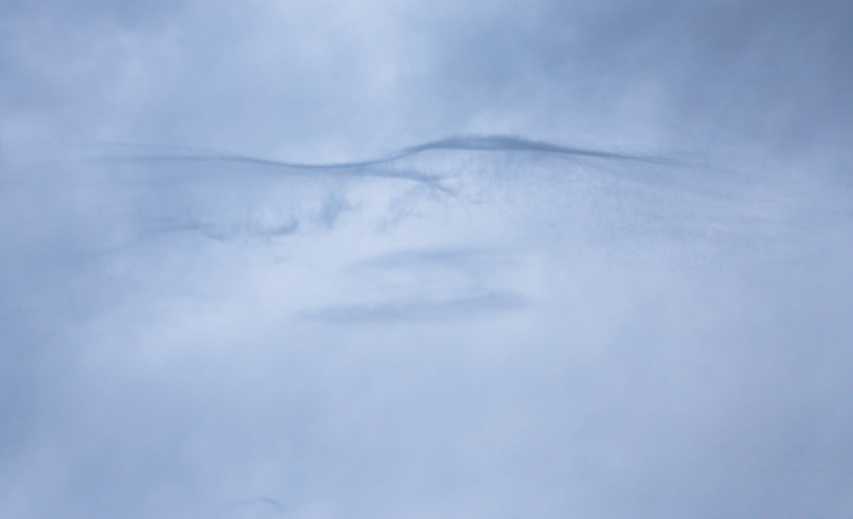
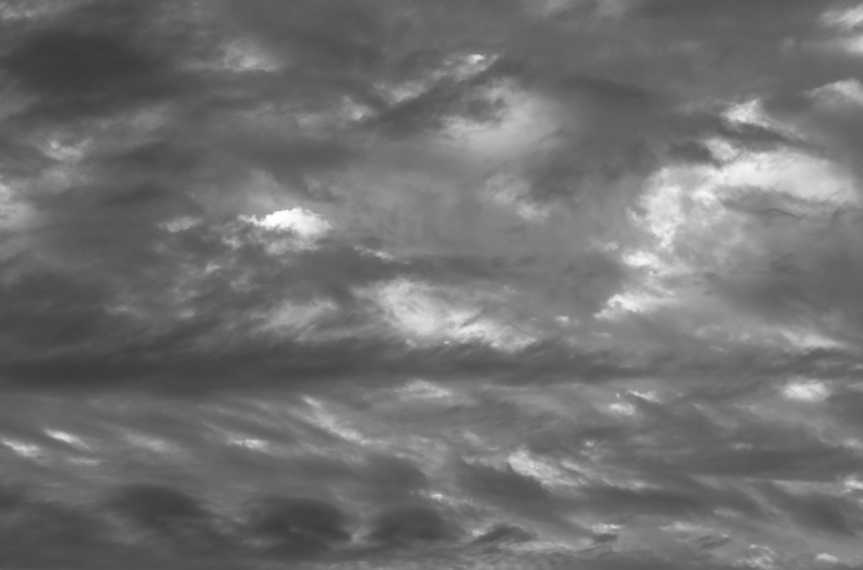
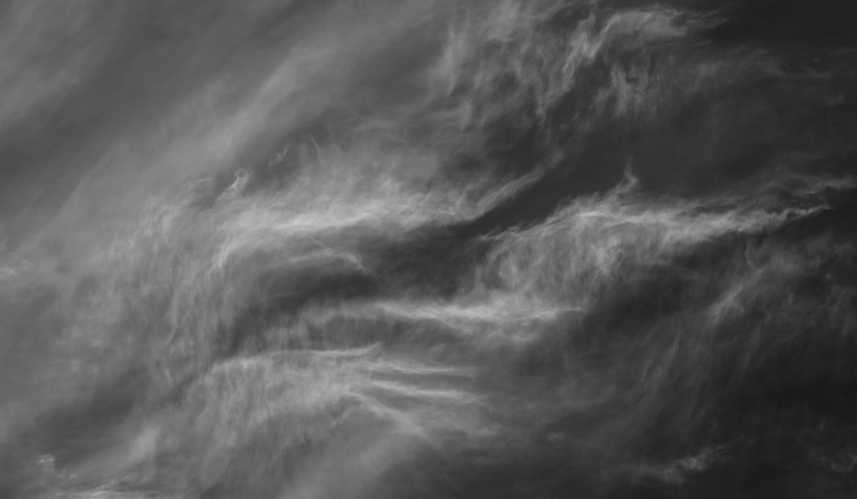
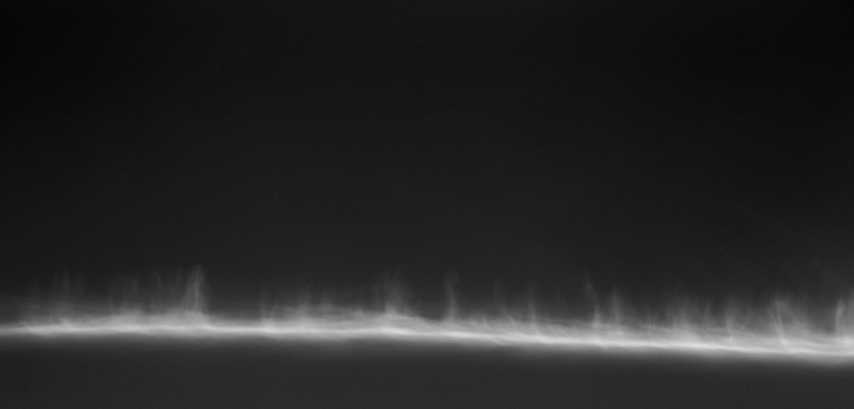
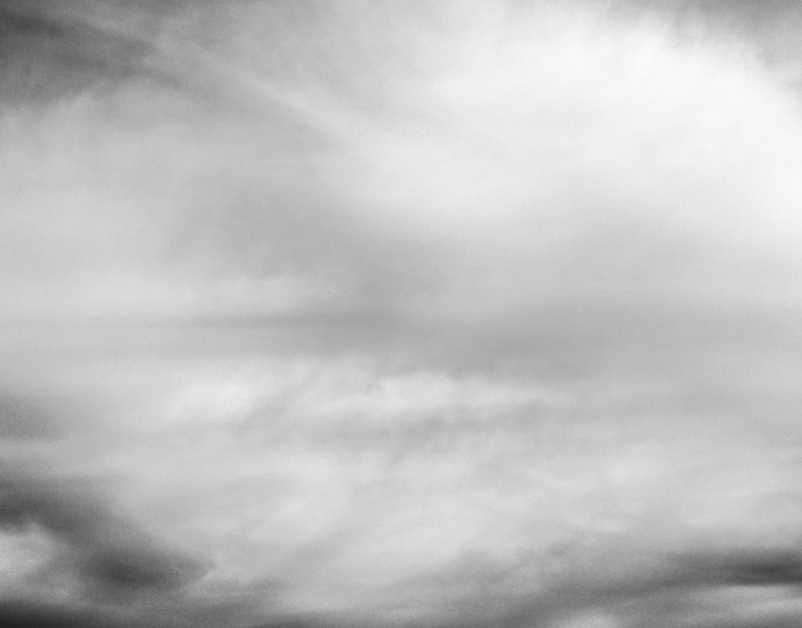
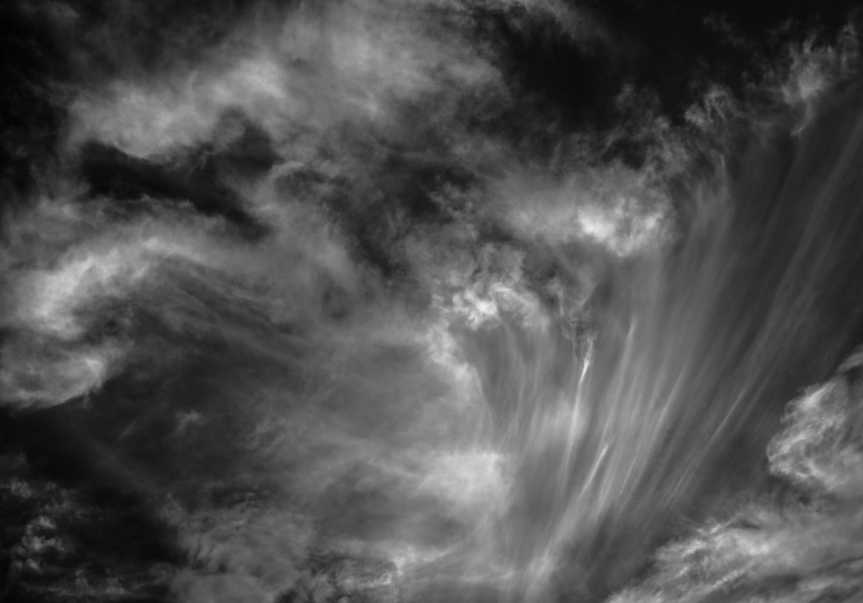
 btw Hans,,I got that Are You Sure Error message a few times also. Haven’t seen it recently. Seems a constant refresh at every step keeps things current.
btw Hans,,I got that Are You Sure Error message a few times also. Haven’t seen it recently. Seems a constant refresh at every step keeps things current.